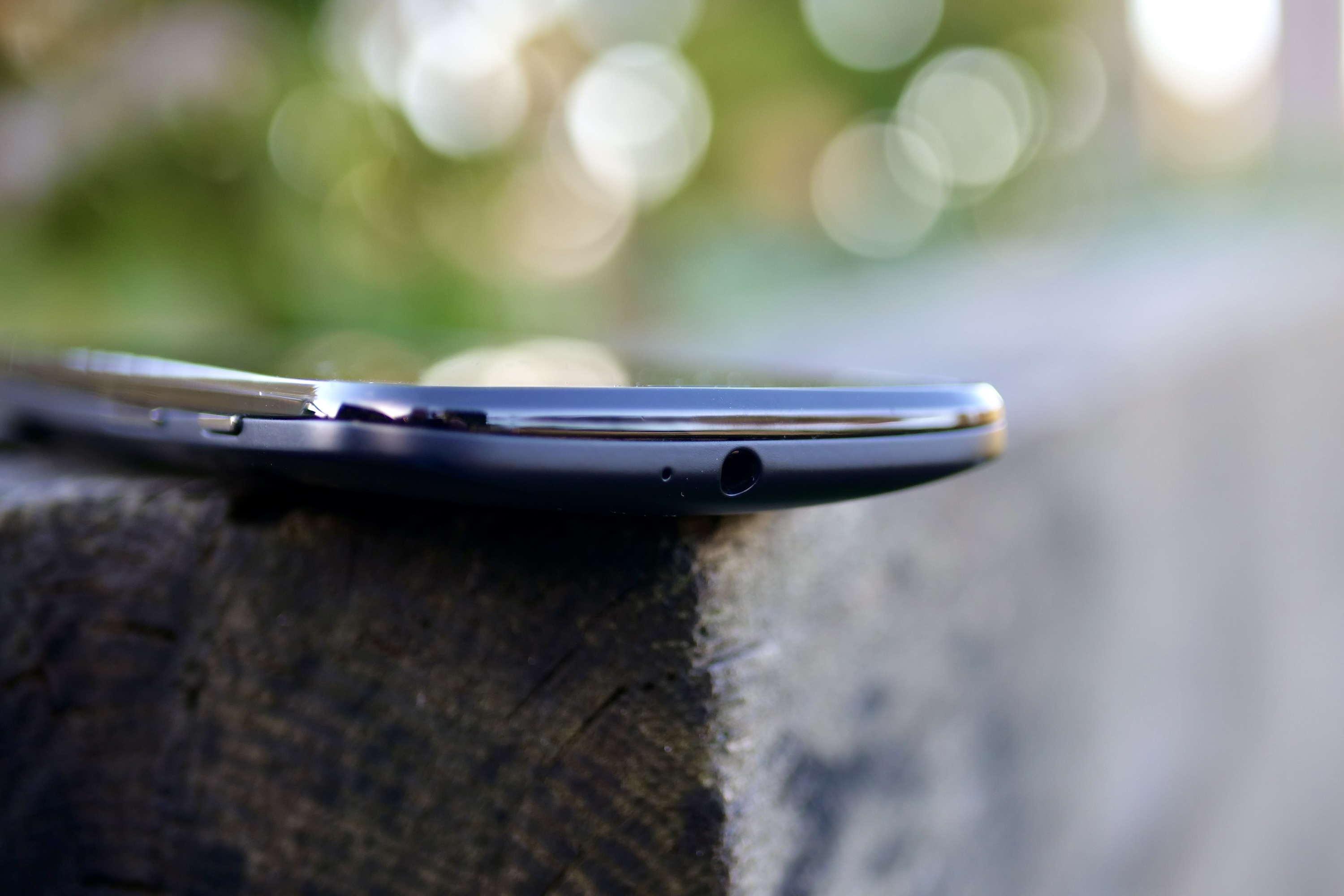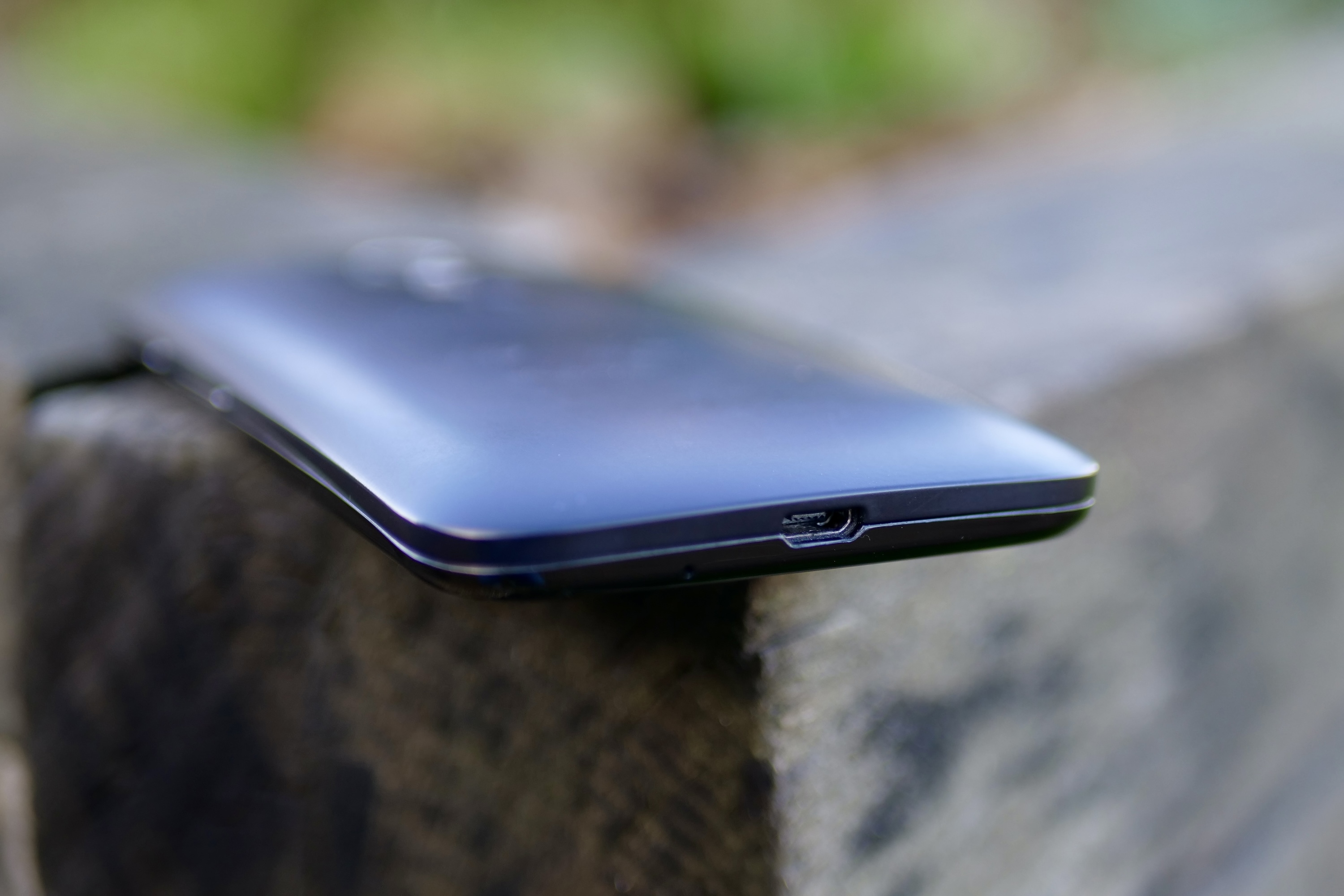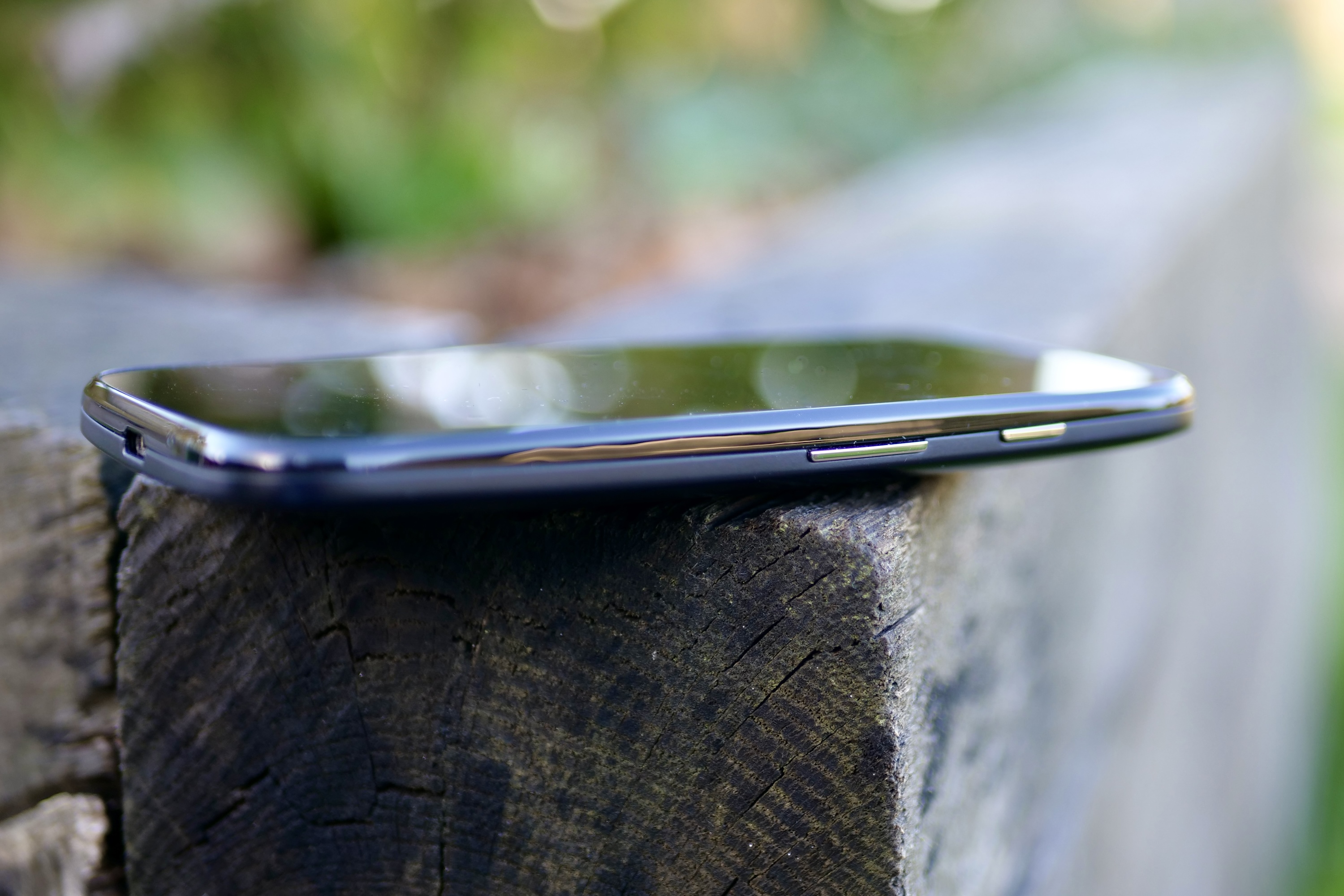
Ten years ago this week, the Motorola Moto G was released, becoming one of the most influential Android phones to date. It wasn’t groundbreaking because of its features, camera, or design. What made it stand out was its low price, what you got for your money, and the fact that it came from a newly reinvigorated, internationally recognized brand.
The Moto G became a trendsetter, and its legacy continues today, but it had help in changing the industry from several other devices launched around the same time, with all of them using a similar tactic.
Remember the Moto G?

Motorola still uses the Moto G name today, but it’s slapped on a variety of different low-cost smartphones of varying quality. Some have been good, others have been awful, which has resulted in the G name being diluted down, to the point that few people will remember what it once stood for. That’s what we’re going to celebrate here as we look back on a phone that at the time was a genuine bargain and as hyped up and desirable as devices that cost three times as much.
By today’s standards, the Moto G is as basic as phones get. It came out in November 2013 with a 4.5-inch LCD screen with a 1280 x 720 resolution, a Qualcomm Snapdragon 400 processor inside, and just 1GB of RAM. Yes, one whole gigabyte of RAM. Put alongside the iPhone 15 Pro Max, it’s tiny, and it fits in the palm of your hand like almost no other phone available in 2023.

The body is made of plastic (with a swappable rear panel available in different colors to brighten it up). There’s a single 5MP camera at the top center, as well as a 1.3MP selfie camera above the screen that’s set inside a bezel the size of which wouldn’t be seen on a phone today. It may be a simple overall design, but it’s given some character by the Motorola logo recessed inside a cute dimple and some lovely curves that make it so pleasing to hold.
Why the Moto G worked so well

At the time, the Moto G was far better equipped than the average budget phone. The sharp 720p screen was bigger than those of other budget phones, and the specs equaled those that cost a lot more; the processor was powerful enough to multitask and the battery lasted for a full day. The one feature missing from the first version of the phone was a 4G connection, but it wasn’t commonplace at the time, so it was forgivable on a phone that cost $180. For context, the newly released 4G Apple iPhone 5S cost $650.
Also interesting was Motorola’s decision to use essentially stock Android 4.3 Jelly Bean, with the promise of updates to future versions, too. Many other Android phones at the time rarely got a software update, and most placed a manufacturer skin over the top of the software, all with varying levels of success. It turned out to be a huge part of what made the G so great to use.

The original Moto G managed to straddle the line between appealing to people looking for a bargain, quality smartphone while still being interesting, capable, and different enough for geekier phone fans to want. Whether it was by design or by chance, Motorola got the Moto G’s formula exactly right.
What everyone said about the first Moto G

I called the Motorola Moto G “the bargain of the year” when I reviewed it in November 2013 and said that “it refuses to look, act or feel like a cheap phone.” I wasn’t alone in appreciating the Moto G’s uniquely appealing formula, either.
Samuel Gibbs, writing for The Guardian, said: “The Moto G is a far better smartphone experience than it ought to be, and the first budget smartphone I haven’t found frustrating to use.” Engadget’s Jamie Rigg called it “quite simply the best phone on the market in its price range.” PCMag’s Sascha Segan said it “raises the bar for low-cost, unlocked smartphones.”

Are you seeing the pattern here? Until the Moto G came out, cheap smartphones were disappointing, often unpleasant devices to use. Corners weren’t just cut — they were slashed in half, and you regularly had to deal with slow, frustrating, out-of-date software and poor performance. The Moto G broke new ground because it gave us more than we were used to for the price in the areas we all desperately wanted to see improved.
The Moto G legacy
The Motorola Moto G changed cheap smartphones forever, but it needed help to spearhead industrywide change. The formula that made it so good was being repeated elsewhere, and looking back, it was just one of a few phones that were pushing boundaries. Before we get to those phones, it’s important to see how the first Moto G birthed a swath of other Moto G phones that have never quite matched it. It wasn’t the fault of the phone; it was about things happening behind the scenes at Google.
The Moto G and similarly lauded Moto X arrived after Google had spent $12.5 billion on Motorola Mobility in 2012, and a year before Google then sold it on to Lenovo. Google’s purchase was about patents and licenses rather than hardware, while Lenovo wanted an immediate and recognizable presence in the U.S. phone market. The Moto G and Moto X’s critical success undoubtedly tempted Lenovo, and it had to know it could hit the ground running.
The Motorola Moto G changed cheap smartphones forever
Seeing the opportunity and being buoyed by Google’s work to build hype around the Motorola name again, Lenovo then ran fast. The Moto G line was joined by the Moto E, and each went on to become low-cost product families rather than individual devices. Under Lenovo’s ownership, Motorola has had a lot of ups and downs, but recent phones like the Motorola Edge and the Motorola Razr (2023) have been superb. And guess what? They both offer a lot of phone for the money.
It wasn’t alone, but it was the cheapest

Looking back, the Moto G and Moto X’s launch, price, and success were fortuitously timed with Google’s sale of Motorola Mobility. We never got to see what Google would have done with the Moto G, but that’s OK, because it was using the same formula on its own brand. The Moto G launched around the same time as the Google Nexus 5 phone and the Nexus 7 tablet. Both were cheap in terms of the hardware and software on offer and were ultimately very successful, just like the Moto G.
Then, the year after the Moto G and Nexus 5 arrived, a new, unknown brand called OnePlus launched a cheap $300 phone that did the same thing with its top Qualcomm chip, cool styling, and quirky software choice. The OnePlus One further changed how we thought about low-cost smartphones, and it’s no coincidence these four devices all employed the same tactic to win us over.
The Moto G did start a revolution, both in the business and consumer worlds, but it didn’t do it alone. However, it was the cheapest of the bunch by quite some distance, so every time we talk about a cheap phone offering plenty of tech for the money these days, its roots can probably be traced back to the best cheap phone of 2013, the Motorola Moto G. Happy 10th birthday!






